What is stargazing?
Stargazing in the UK – the activity of looking up to the stars and objects in space as a hobby, scientific study or as part of astrology.
The best time for you to go stargazing is in the days before, during and soon after a new moon. Nights when there is no bright moon at night and when the sun sets enough so that twilight does not affect observations present the best conditions.
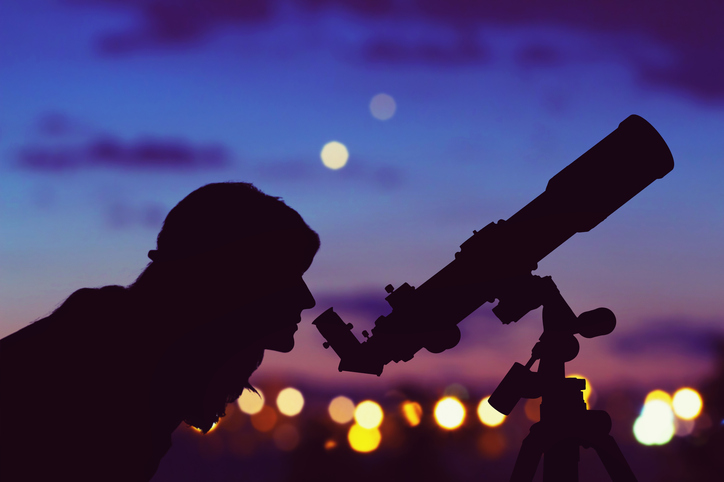
But where in the UK should you head to if you want to get the best view of the cosmos? We’ve taken a deep dive into the best places in the UK for stargazing and can reveal the hotspots up and down the UK based on the number of stargazing spots nearby:
Exmoor National Park, South West England
Spanning across Somerset and North Devon, Exmoor National Park is home to some of the darkest skies in England, making it the ideal spot to take a look at the stars. Classed as an International Dark Sky Reserve, the landscape is made up of moorland with nature reserves, ancient burial grounds, valleys and sea cliffs. During the daytime, this National Park is a great day out for a family walk or hike. But if you’re venturing here at night to catch a glimpse of the stars, a couple of must-visits include Holdstone Hill, County Gate, Brendon Two Gates and Webbers Post.
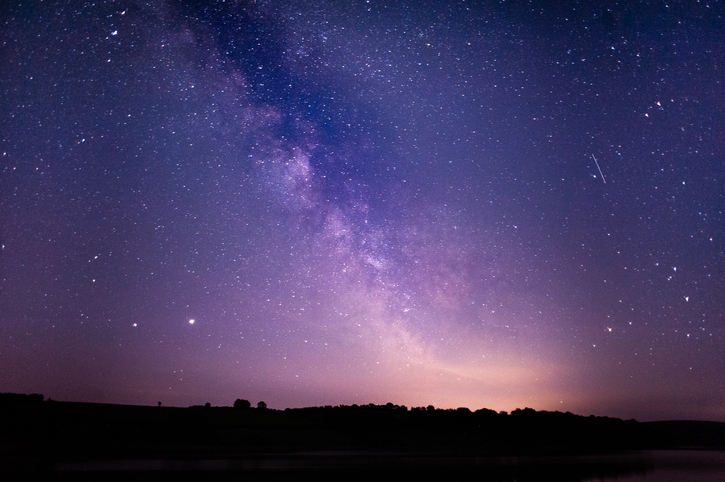
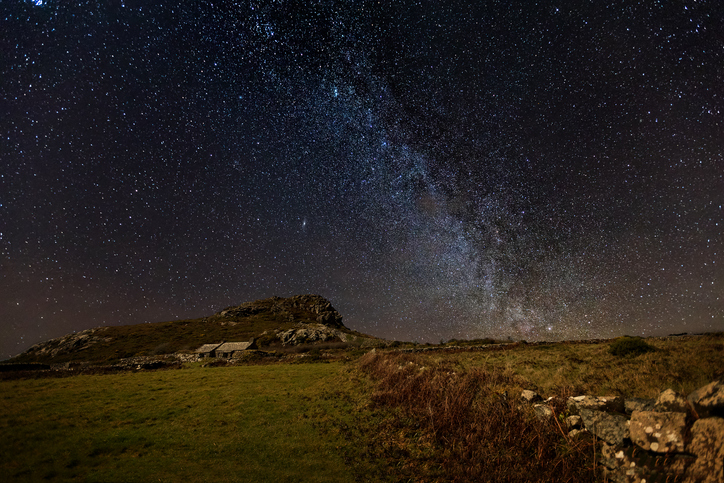
Pembrokeshire Coast National Park, Wales
Pembrokeshire Coast National Park boasts some of the most picturesque coastal hiking trails in the whole of the UK, but is also home to a network of Dark Sky Discovery sites, a nationally-recognised designation for top stargazing spots across the UK. Right across the park there are a range of accessible spots to enjoy clear views of the night sky. With low light pollution, it’s even possible to see the Milky Way without the need for high tech equipment. Must visit stargazing spots include Skrinkle Haven, Poppit Sands, and Martin’s Haven.
Cygnus Observatory, Washington Wildfowl Park & Wetlands Centre, North East England
Based in Sunderland, the Cygnus Observatory is within travelling distance of Newcastle and Durham. The Observatory is run by members of the Sunderland Astronomical Society, noted as one of the most active astronomical societies in the UK, who often host stargazing events for all the family. Every Thursday, visitors are welcomed to the Discovery Room at the Wetlands Centre where members of the Sunderland Astronomical Society meet with members of the public to show them around and help them get acquainted with the night sky.
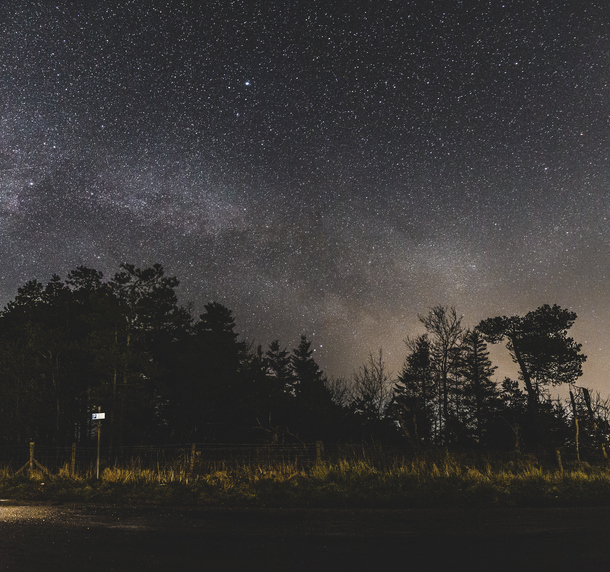
North York Moors National Park, Yorkshire & The Humber
With rolling unpolluted skies, the North York Moors National Park is the perfect place to catch a glimpse of meteor showers and gaze up at the stars. On autumn evenings, the Milky Way is often visible alongside up to 2,000 stars in the darkest spots of the park. And if the conditions are right, you could even spot the Northern Lights!
Must visit locations throughout the park include Old Saltburn, Boulby Cliff and Kettleness.
Galloway Forest Park, Scotland
In 2009 Galloway Forest Park was the first place in the UK to be granted Dark Sky Park status and is a Gold Tier park for it’s stunning and rare stargazing conditions. You may be lucky enough to catch a meteor shower, or a glimpse of the elusive Northern Lights. All three visitor centres present great viewing opportunities, with information points right across the Forest Park to help you identify the constellations & planets you’re lucky enough to spot.
Headley Heath, South East England
A popular destination amongst local astronomy groups, the National Trust’s Headley Heath is known as one of the best places in Surrey for stargazing. With a well maintained and flat terrain, it’s ideal for the whole family. The best place to settle down and explore the night sky is the play area located next to the Headley Heath car park. Make sure to also keep an eye out for wildlife too including deer, badgers, foxes and bats.
Caton Moor Windfarm, North West England
A go to for local stargazers, Caton Moor Windfarm in Lancaster is a great location to stare into the cosmos with clear northerly horizons. These conditions present great opportunities for spotting aurora as there is relatively little light pollution nearby. The site is close to junction 33 of the M6 motorway and has a small picnic site and information board just next to the turbines.
Westleton Common, East of England
Designated as a Dark Sky Discovery Site, Suffolk based Westleton Common is accessible by members of the public and widely recognised as an ideal place to stargaze. Part of open coastal heathland, this location has good visibility on all sides and amazing dark skies above. Popular with DASH Astro Society, visitors can often catch public stargazing sessions here.
Parsley Hay, East Midlands
Parsley Hay in Buxton, located just off the A15 near Hartington (nearest postcode SK17 0DG) is easily accessible to the public, and is known for panoramic views during the day. Astronomy interpretation panels are in place to help night time visitors explore the stars. These panels are updated each season to match the changing landscape. Authorities note that the ground underfoot can be rough, wet and muddy. Warm, waterproof clothing and sensible shoes and a torch are essential for these dark places.
Carding Mill Valley, West Midlands
Another destination awarded Dark Sky Discovery Site status, Carding Mill Valley and the Long Mynd in Shropshire offer easy accessibility for the public with a good clear view of the night sky. As this location is open access countryside, you can go stargazing any night you like and can often spot the Milky Way with your naked eye. The National Trust also hosts Stars in Your Skies events throughout the year, so be sure to check for any upcoming events before your visit.
Now you know where to head, what do you need to pack? Firstly you’ll need a blanket or camping mat to lie on as well as food and drink. Think plenty of water and some hot drinks to combat the cold weather! Alongside refreshments, make sure you pack warm clothing including a hat, scarf and gloves.
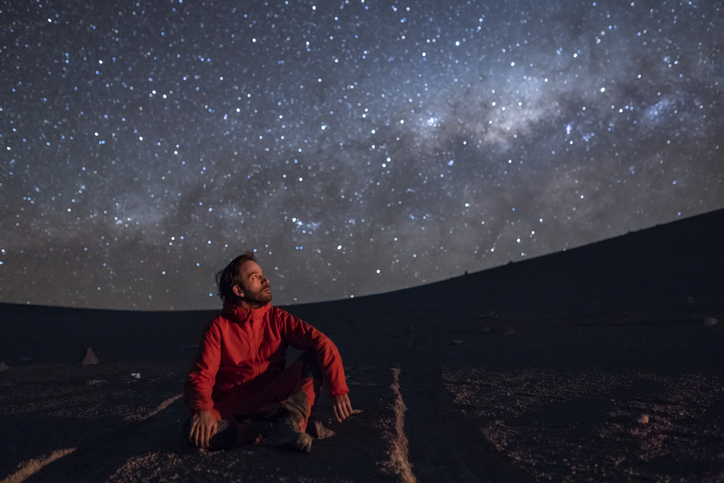
To help you know what to look out for in the night sky, you should also bring along a star spotter guide as well as compass to help you find a particular constellation or star.
Establishing the perfect stargazing environment is also important. So why not create a playlist of space-themed songs which you can play through your phone or bluetooth speakers. You could even listen to an accompanying stargazing audiobook to guide you through the night.
Sources:
1. https://gostargazing.co.uk/regions